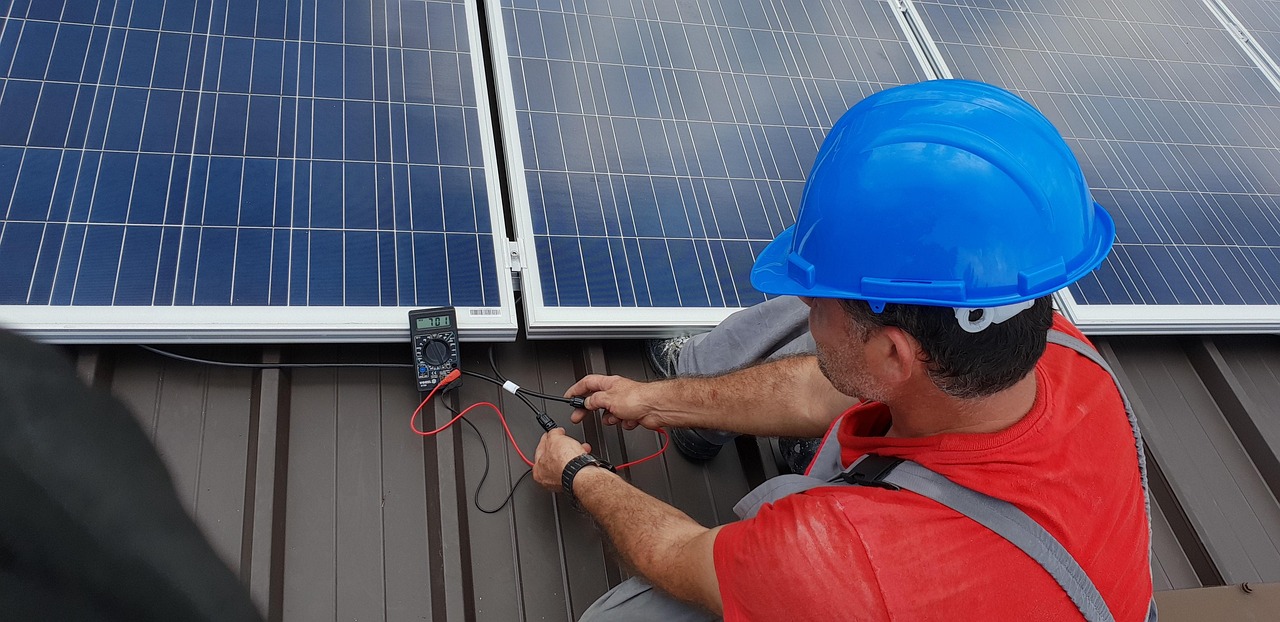Solar Battery Storage Cost: A Guide
Master the complexities of solar battery storage costs with expert insights on pricing, incentives, and ROI

Understanding the Evolution of Solar Battery Pricing

Solar battery storage has come a long way from its early days as a luxury item only wealthy homeowners could afford. Major drops in manufacturing costs and growing competition have made these systems increasingly practical for average households. Let's explore how solar battery prices have changed and what this means for homeowners considering this technology.
Key Takeaways:
Understanding the Evolution of Solar Battery Pricing
Solar battery storage has evolved from a premium luxury into a practical, accessible upgrade for UK homeowners. As manufacturing has scaled and lithium battery technology has matured, prices have dropped dramatically — making solar storage one of the smartest long-term investments for energy independence.
Early Days: High Prices and Limited Access
When home solar batteries first reached the UK market, they were prohibitively expensive. Early models often exceeded £10,000–£15,000 for modest capacity systems, putting them out of reach for most households. Limited supply chains and high lithium-ion manufacturing costs kept adoption slow.
Rapid Price Drops Driven by Technology
Fast-forward to today, and the landscape looks entirely different. Thanks to advances in lithium iron phosphate (LFP) batteries and large-scale production in Europe and Asia, prices have fallen by more than 80% over the past decade.
In 2010, battery packs cost around £1,000 per kilowatt-hour (kWh). By 2024, the average was under £150/kWh, according to BloombergNEF. This trend mirrors the learning curve seen in solar panels: as technology scales, costs fall, and performance improves.
More Competition, Better Value
The UK market has seen a surge of battery brands — including Tesla Powerwall, GivEnergy, Fox ESS, SolarEdge, and Sonnen — competing to offer higher capacity, smarter management, and longer warranties. This competition has accelerated both innovation and affordability, making storage systems more cost-effective than ever.

Breaking Down Today’s Solar Battery Costs in the UK
Installing a home battery involves more than just the cost of the unit itself. The total price includes installation, labour, wiring, and integration with your solar system, all of which affect your final bill.
Typical UK Battery Costs
As of early 2025, here’s a realistic range for installed battery systems in the UK:
System SizeInstalled Cost (Standalone)Installed with Solar Panels5 kWh battery£4,500–£6,000£3,800–£5,00010 kWh battery£7,500–£9,500£6,000–£8,00015 kWh battery£9,000–£11,500£7,500–£9,500
Installing a battery alongside solar panels often saves £1,000–£2,000, as scaffolding, wiring, and permitting costs are shared.
Understanding What You’re Paying For
A full solar battery system includes several components:
- Battery modules – Store the solar electricity you generate.
- Hybrid inverter – Converts between DC (solar) and AC (home) power, managing battery charge and discharge.
- Battery management system (BMS) – Ensures the system runs safely and efficiently.
- Wiring and mounting – The physical installation that connects your system to your home.
Installation costs vary depending on your property type, your current electrical setup, and whether the system is retrofitted or integrated with new solar panels.
💡 Tip: If you’re planning both solar and battery installation, combining them in one project can significantly reduce total costs and streamline your DNO (grid) application process.

Regional Cost Differences Across the UK
Just like solar panels, battery storage prices vary depending on where you live.
- Labour costs tend to be higher in London and the South East, and slightly lower in the Midlands and North.
- Permitting and grid approval times also vary by your Distribution Network Operator (DNO) region.
- Installer competition can influence price — areas with more local solar companies (like the South West or Yorkshire) often offer better rates.
🏡 Example: A 10 kWh system that costs around £8,500 in the South East might come closer to £7,000 in the North West, depending on installer availability and local labour rates.
How Incentives Reduce UK Battery Costs
Unlike the U.S., the UK doesn’t currently offer direct tax credits for solar batteries. However, several government-backed incentives make battery storage more affordable:
1. 0% VAT on Solar and Battery Installations
As of 2022, solar panels and battery storage installed together qualify for 0% VAT — saving homeowners 5% off the total cost. From February 2024, the government confirmed that standalone battery systems also qualify for this VAT relief, further widening affordability.
2. Smart Export Guarantee (SEG)
Households can sell unused solar energy back to the grid, earning payments from energy suppliers. Pairing a battery with solar allows you to store energy during the day and export it strategically when rates are higher.
Top SEG providers like Octopus Energy, OVO, and E.ON Next offer flexible tariffs, with some paying 15–20p per kWh exported during peak periods.
3. ECO4 and Local Authority Flex (LA Flex)
For low-income or energy-inefficient homes, schemes like ECO4 and LA Flex can help fund upgrades, including solar and battery systems, to cut long-term energy costs.
Getting the Best Value From Solar Plus Storage
Adding a battery to your solar setup increases energy independence and improves your financial return over time.
Why Batteries Boost ROI
A well-sized battery stores surplus solar energy produced during the day for use at night — allowing you to use up to 80% of your own solar energy instead of exporting it at lower rates.
Over a 10–15 year lifespan, this can save £500–£1,000 per year depending on your energy use and tariff. Households on time-of-use tariffs (like Octopus Agile) benefit even more by charging batteries during cheap-rate hours and using stored energy during peak pricing.
Sizing and Installation Strategy
- Right-size your system: Match battery capacity to your average evening consumption.
- Install solar and battery together if possible to reduce costs and paperwork.
- Ensure inverter compatibility: Hybrid inverters allow smoother control and higher efficiency.
🔋 Example: A 10 kWh GivEnergy or Fox ESS battery paired with a 5 kWp solar system can reduce grid usage by 60–80%, depending on your lifestyle and tariff.
Future-Proofing Your Battery Investment
Solar batteries are rapidly improving in both performance and flexibility. When buying, look for future-ready features:
- Modular expansion: Add extra capacity as your energy needs grow.
- Smart software: Enables real-time monitoring and remote optimisation.
- Upgradable firmware: Keeps your system compatible with evolving grid technologies.
- Warranty coverage: Aim for at least 10 years or 6,000+ cycles for peace of mind.

Ready to Take Control of Your Energy?
Solar battery storage is no longer just about backup power — it’s about energy freedom. With falling prices, zero VAT, and growing grid incentives, now is the ideal time for UK homeowners to invest in solar-plus-storage systems.
Whether you’re looking to cut bills, boost your home’s efficiency, or protect against future price rises, MakeMyHouseGreen can help you make a confident, data-backed decision.
👉 Use our solar panel calculator to see what a solar and battery system could save you — or speak to a Green Guru today for tailored advice on your home’s best setup.
Ready to see what you can save?
Our solar calculator is 100% free to use. Enter your postcode below to get started.

Based on 400+ Trustpilot reviews






